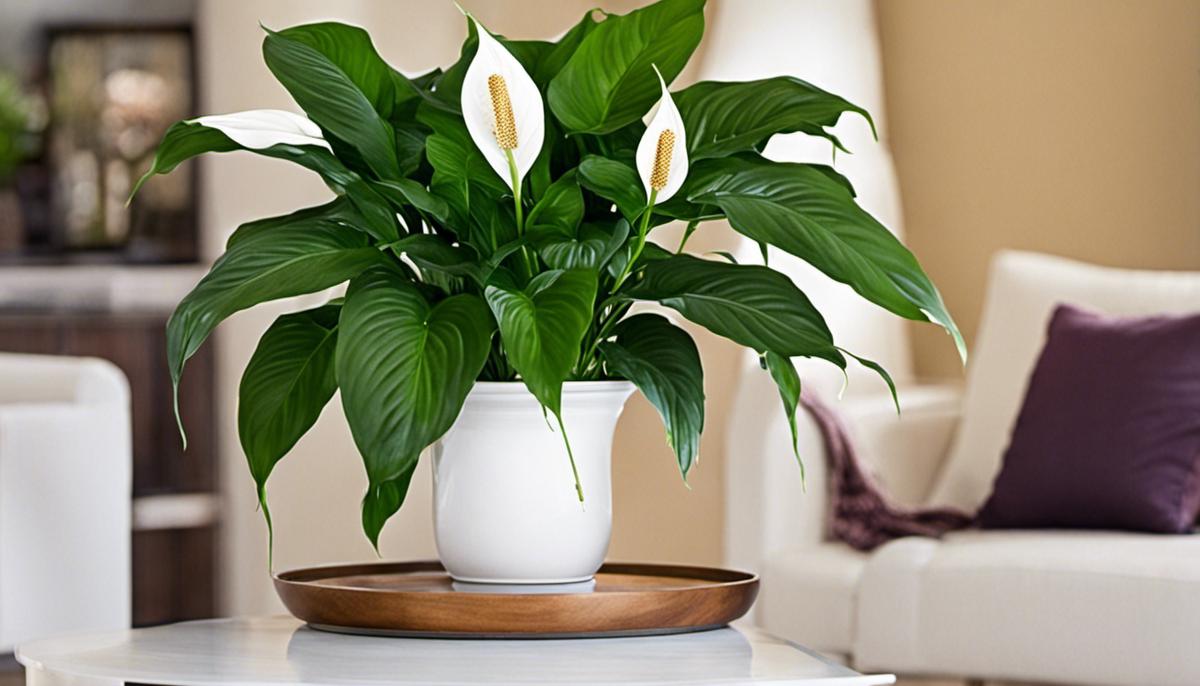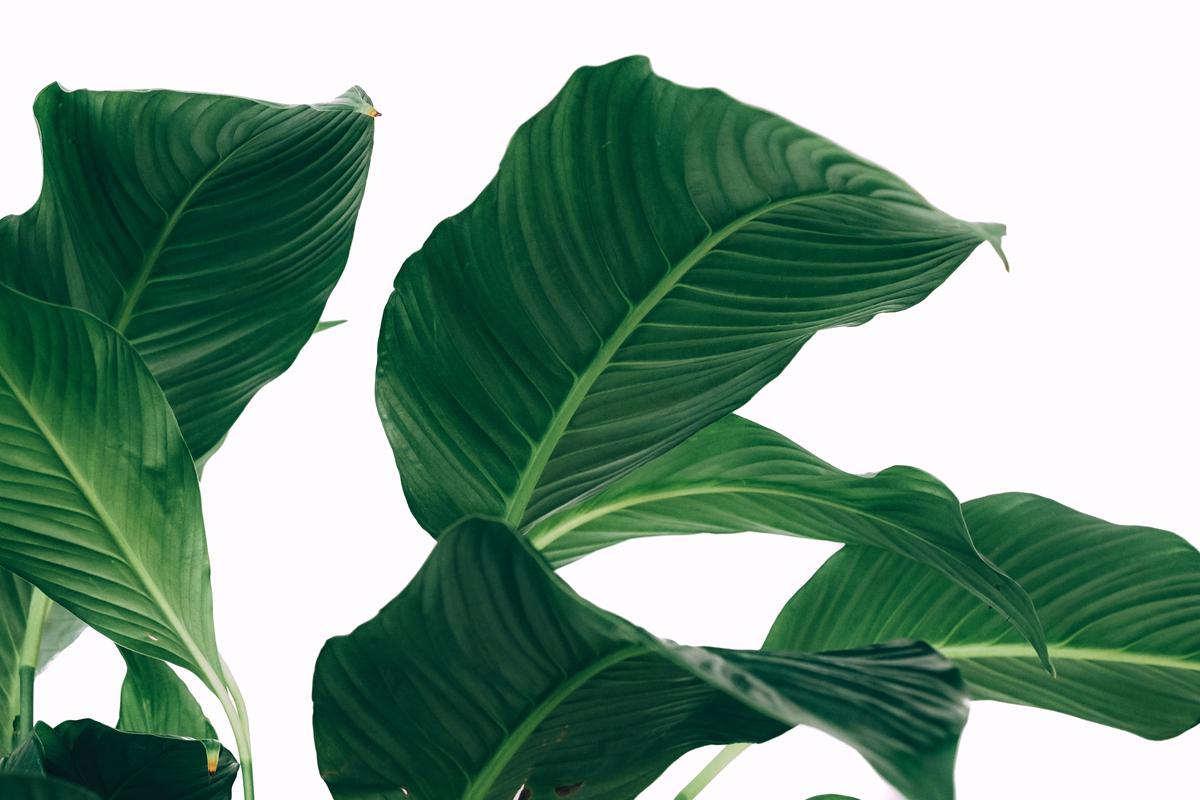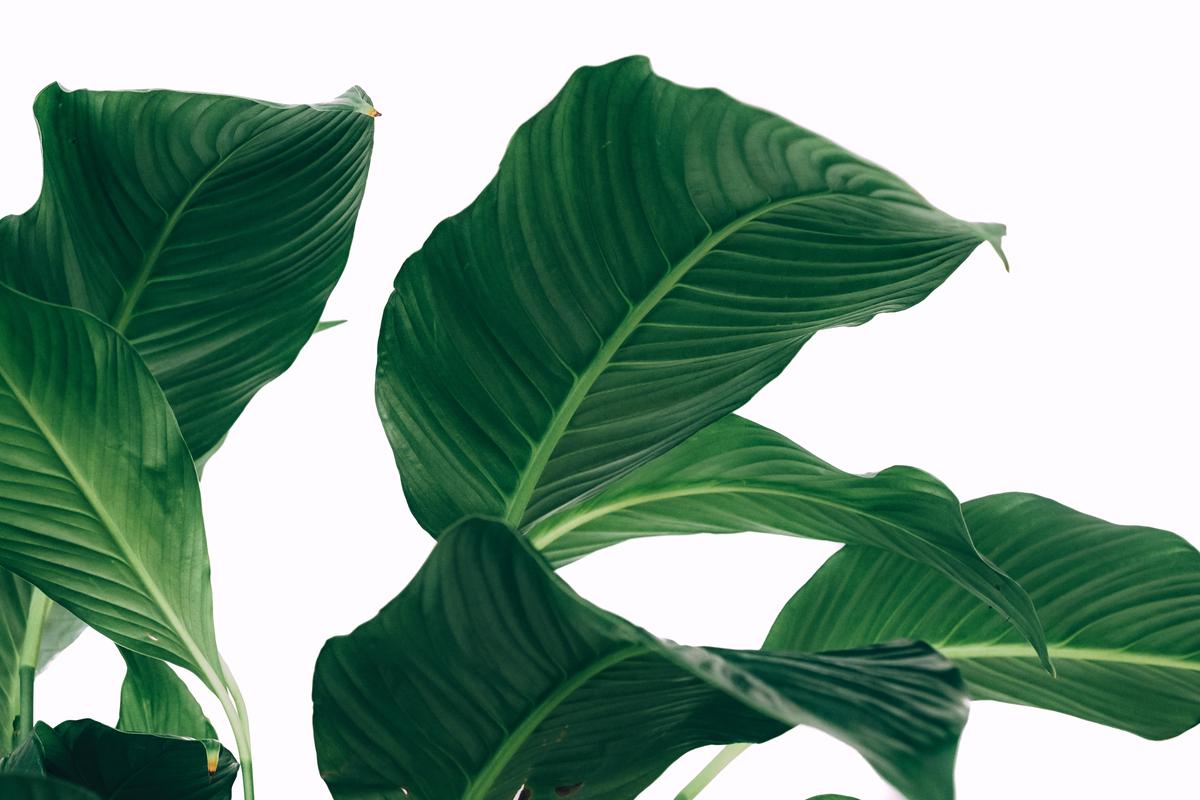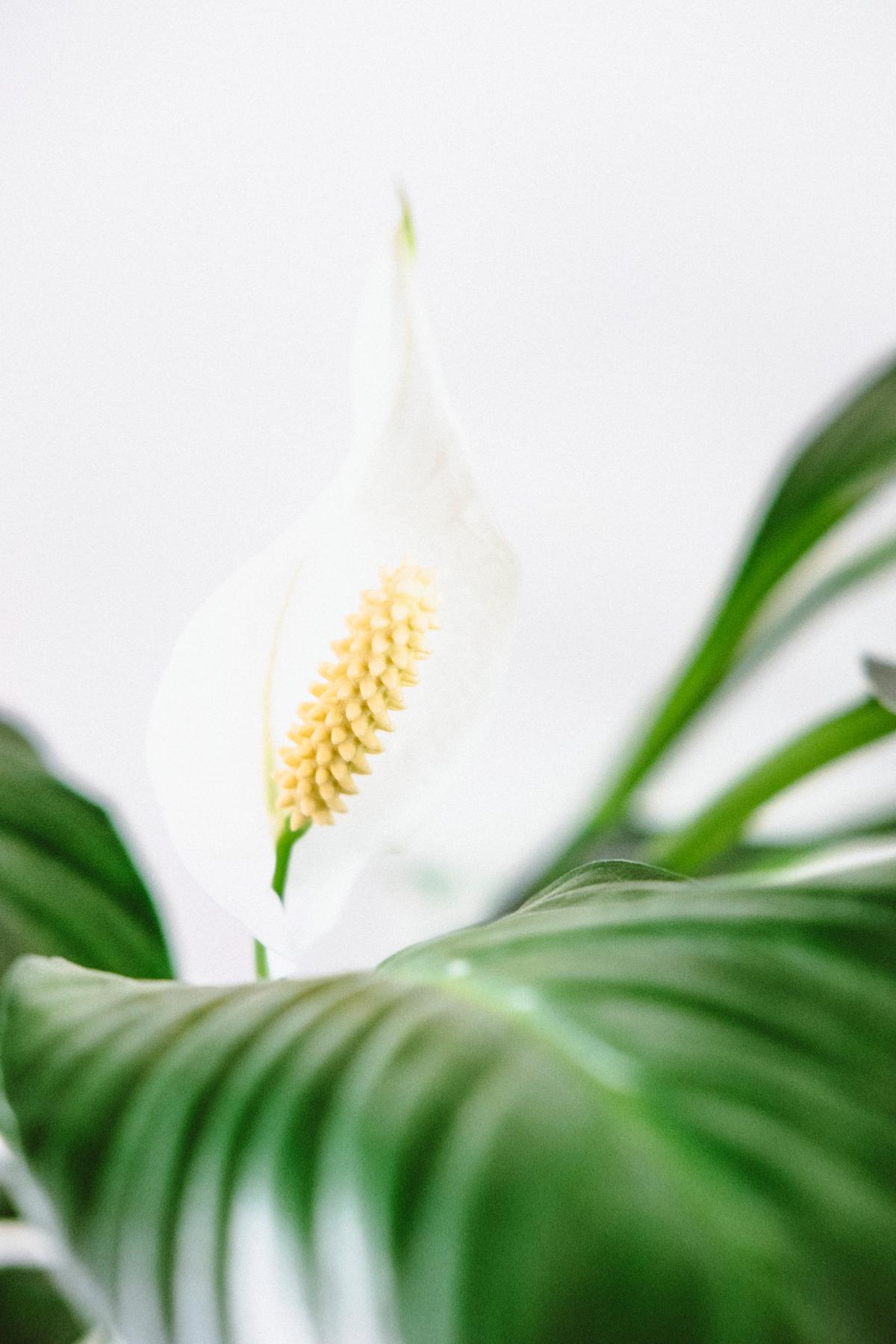Peace Lily Plants and Cats: Everything You Need To Know

The balmy allure of Peace Lily plants with their striking white blooms and dark green foliage is hard to resist. Often found gracing our lounges or offices, these exotic plants not only purify the air but also add an elegant touch to our surroundings. However, despite their beauty, they hold a potentially harmful secret for our feline companions. This information piece will draw the curtain on the hidden dangers of Peace Lily plants to cats, unravel their poison components, and shed light on the symptoms of poisoning. Furthermore, we will dive into practical prevention measures and curative actions needed to protect our cats from these toxic houseplants, providing a useful guide for all cat lovers and owners.
Understanding Peace Lily Plants
Well, now isn’t this a treat?
Today we’re diving into the green and glorious world of houseplants, with a focus on a fan favorite, the Peace Lily Plant.
It’s always such an adventure introducing new plants to the home, not just for adding a touch of aesthetic appeal, but also for the numerous benefits they bring.
So, let’s unpot this gem together and learn a bit more about what exactly makes a peace lily plant, shall we?
The Peace Lily, or its scientifical name, Spathiphyllum, is often a standout choice for many homes.
This plant is native to the tropical regions of Americas and Southeast Asia.
It sports glossy dark green leaves that elegantly fan out and provide a lush backdrop for the star of the show, the lily itself.
Pure white, the lily stands tall and proud amidst the sea of green.
Its signature hood-shaped white bloom is an absolute eye-catcher that can fill a room with tranquility.
Oh, and here’s something you might not know, that white “flower” is actually a specialized leaf bract that blooms a stunning white and often gets mistaken for a flower.
But it’s not just a pretty face, its easy care nature makes it an ideal pick for seasoned gardeners and budding green thumbs alike.
It thrives in low light conditions and asks for a drink only when the top of the soil begins to feel dry.
Bonus points for its air-purifying qualities, it is known to remove toxic chemicals from the air, making it an all round natural, beautiful, and healthy choice for any home, including yours.
The peace lily plant embodies tranquility and growth – two aspects we are all eagerly cultivating within our own homes – don’t you agree?
Remember, as with all houseplants, do ensure it is out of reach of small children and pets.
Let’s spread the peace – and lilies – one home at a time!

Photo by lensinkmitchel on Unsplash
The Connection between Peace Lily Plants and Cats
Discovering a new plant that beautifully enhances your home decor can be exciting. However, the joy of owning a Peace Lily can quickly fade when you find out that it might pose a potential risk to your adored pet cat. This seemingly innocent plant can have unsettling consequences if ingested by our feline friends.
The Peace Lily, like many household plants, produces a compound called calcium oxalate. This is a naturally occurring substance found in several plants and foods. It’s harmless when ingested in small amounts by humans, but it’s a different story for our curious kitties. If ingested by cats, it can cause considerable discomfort and lead to a number of health complications. Symptoms include drooling, oral pain, pawing at the mouth, lack of appetite, and even kidney problems in severe cases.
Why does this happen? Well, felines have a unique digestive system that isn’t equipped to process this compound. When a cat nibbles on your Peace Lily, the plant releases these prickly and tiny calcium oxalate crystals. The crystals then lodge in their pet’s mucous membrane or gut, which leads to inflammation and pain. It’s essential, therefore, that your feline stays away from the visually appealing Peace Lily plant. Let’s cherish and ensure the well-being of our fur babies by making our homes a cat-friendly environment, which may mean saying a polite ‘no’ to this beautiful yet potentially harmful plant.

Photo by lensinkmitchel on Unsplash
Symptoms of Peace lily Poisoning in Cats
Transitioning to the vital aspect of pet safety
, it’s essential for cat parents to remain vigilant and know the telltale signs that their furry friend may have munched on a Peace Lily. Primarily, symptoms such as drooling, pawing at the mouth, and difficulty swallowing should not be dismissed. While it may resemble a simple annoyance to the cat or look like mere playfulness, it could signal a much serious problem ahead. Additionally, vomiting and loss of appetite are potential symptoms as well. Cats are usually adept eaters and tend to have a consistent eating routine. If your feline seems less interested in food than usual, or if there’s unexplained vomiting, it might imply they’ve ingested something harmful. Along the same lines, changes in drinking or urination habits may indicate a problem. An increase in thirst and urine output, for example, could be signs that the cat’s kidneys are working overtime to filter out toxins. Speaking of behavior, pay attention to subtle changes in your cat’s demeanor. Are they unusually withdrawn, lethargic, or overly aggressive? These actions might indicate discomfort or distress due to potential crystal formation in the body. Early detection is undoubtedly the best prevention and acting swiftly could save your cat’s life. Lastly, remember, when in doubt, always reach out to your veterinarian or an animal poison control center. They can provide expert guidance tailored to your pet’s situation, ensuring the health and happiness of your beloved fur baby remains a top priority.
Prevention and Treatment
Ensuring our homes are safe for the little ones, both human and furry, is paramount. One way to guard against Peace Lily poisoning is through education. Knowledge is power, so understanding that this attractive, air-purifying plant harbors calcium oxalate crystals within its foliage is essential. These microscopic crystals, while largely harmless to humans, can pose a threat to our pets. Therefore, teaching family members about the potential hazards is crucial. Younger children, especially, need to be made aware not to tease or provoke pets by dangling plant parts in front of them. Likewise, be mindful of fallen leaves that curious paws may find tempting to paw at or chew.
In terms of first aid, immediate action can make all the difference. If the plant is ingested, irritants will likely initiate signs such as drooling, loss of appetite, and excessive pawing at the mouth. At home, it’s possible to mildly rinse your pet’s mouth with milk or a tepid saline solution (a teaspoon of salt dissolved in one pint of water) to provide some relief from the irritation. However, it’s important to act sensibly – don’t force rinsing if your pet is stressed or anxious, as this can potentially lead to inhalation or aspiration.
Remember though, while at-home first aid can help, certainly in immediate instances, it’s not a replacement for professional medical attention. Reach out to your vet as a priority. If they’re not available, get in touch with an animal poison control center. They’re well-equipped to guide on next steps and to monitor for escalation of symptoms. Safety, of course, comes first. So, let’s keep educating, stay observant, and ensure our homes remain sanctuaries for all, two-legged or four.

Photo by lensinkmitchel on Unsplash
Our feline companions are curious, adventurous creatures who love to explore their surroundings, often leading them into harm’s way. The remarkable and widely beloved Peace Lily plant is one such potential hazard lurking in our homes. Being well informed on the risks, recognizing the symptoms of Peace Lily poisoning, and armed with effective preventative measures gives us powerful tools to keep our cats safe. But remember, if accidents do happen, immediate veterinarian consultation is paramount. Let’s appreciate the beauty of our house plants but ensure the safety of our feline friends, ushering in peaceful cohabitation that enlivens our homes.



